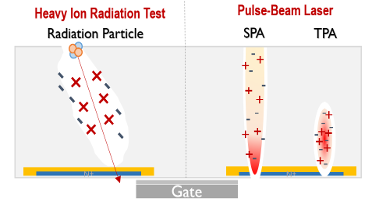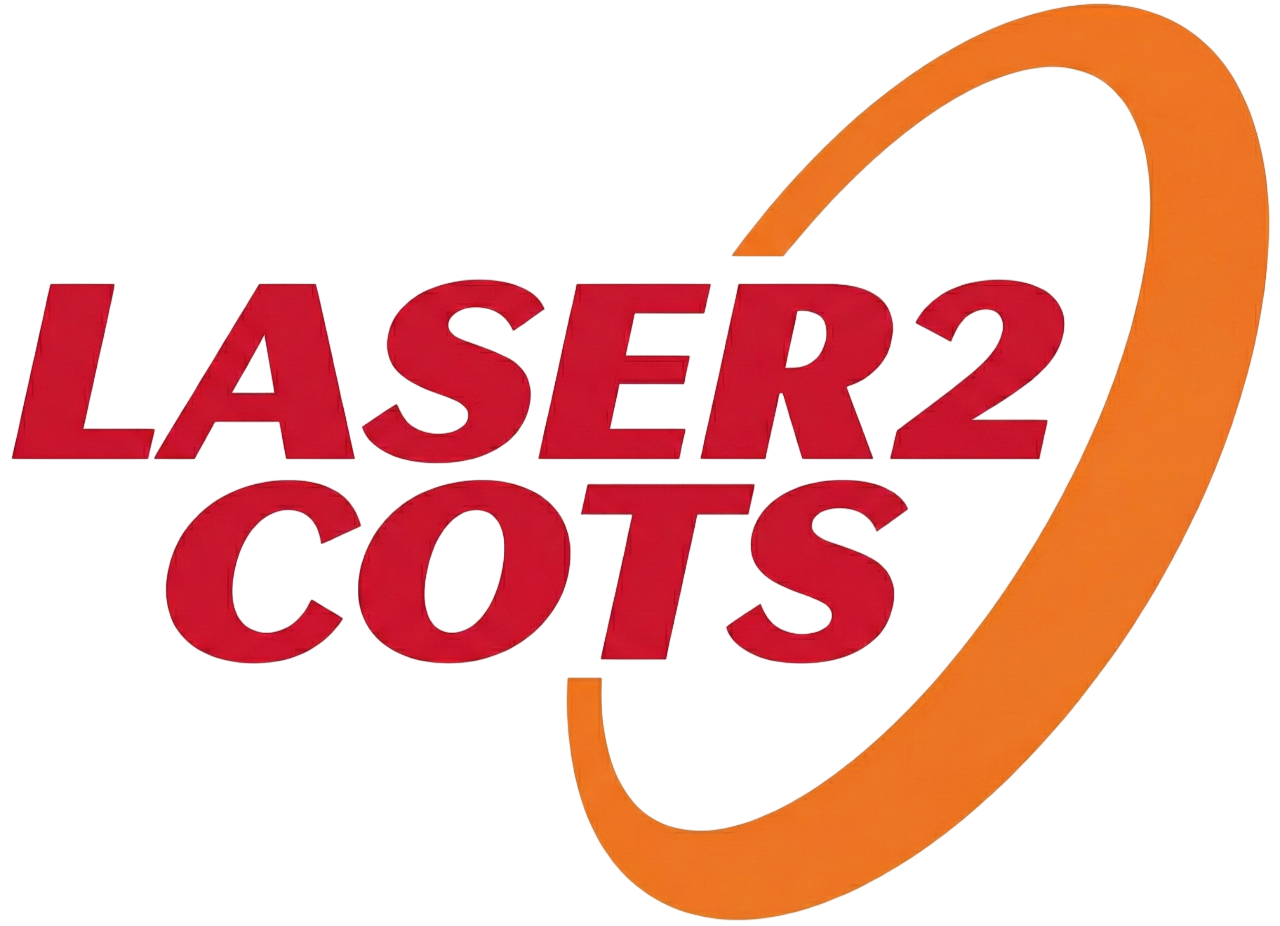Both SPA and TPA lasers can effectively replicate error phenomena caused by heavy ion irradiation. Most upset events can be qualitatively reproduced, as the location, depth, and energy of the interaction can be independently controlled. This makes them suitable for diagnosing single-event errors and upsets and analyzing the causes and failure mechanisms related to charge depletion due to these events.

Principles of SPA and TPA
SPA (Single Photon Absorption)
This is a linear absorption process in which a single photon is absorbed by the semiconductor, generating electron-hole pairs. When the energy of the incident photon is equal to or greater than the material’s bandgap, an electron in the valence band is excited to the conduction band, resulting in the creation of an electron-hole pair.

Heavy Ion vs. Femtosecond Pulsed Laser (hereafter Pulsed Laser)
TPA (Two Photon Absorption)
With a short pulse (~200 fs) of photons whose energy is lower than the bandgap, a nonlinear absorption process occurs in which two photons are simultaneously absorbed with a certain probability, generating electron-hole pairs. TPA lasers can reproduce and evaluate most single-event upsets in semiconductors caused by radiation particles through this two-photon-induced carrier generation. This enables the identification of the failure mechanism, critical energy, and the location of the sensitive volume.
| Single Photon Absorption (SPA) | Two Photon Absorption (TPA) | |
|---|---|---|
| Wavelength Condition | One photon with wavelength exactly matching the transition energy | Two photons with wavelength each corresponding to half of the transition energy |
| Required Light Intensity | Low (natural light, general LED/laser) | Very high (requires high power like femtosecond laser) |
| Linear/Non-linear | Linear optical phenomenon | Non-linear optical phenomenon |
| Wavelength* | 1064nm | 1260nm |
*: Based on QRT Femtosecond Laser and Si (Silicon)
Related Articles
- Semiconductor Radiation Hardness Laser Evaluation (Laser Test)
- Why Laser Evaluation is Necessary (Cost Perspective)
- Laser Evaluation Based on NASA Documents
- Analysis of Laser Evaluation Feasibility by Semiconductor Package Type
- Comparison of Band Gaps and Optical Absorption Mechanisms of Semiconductor Substrates
- Strengths of QRT Laser Testing


